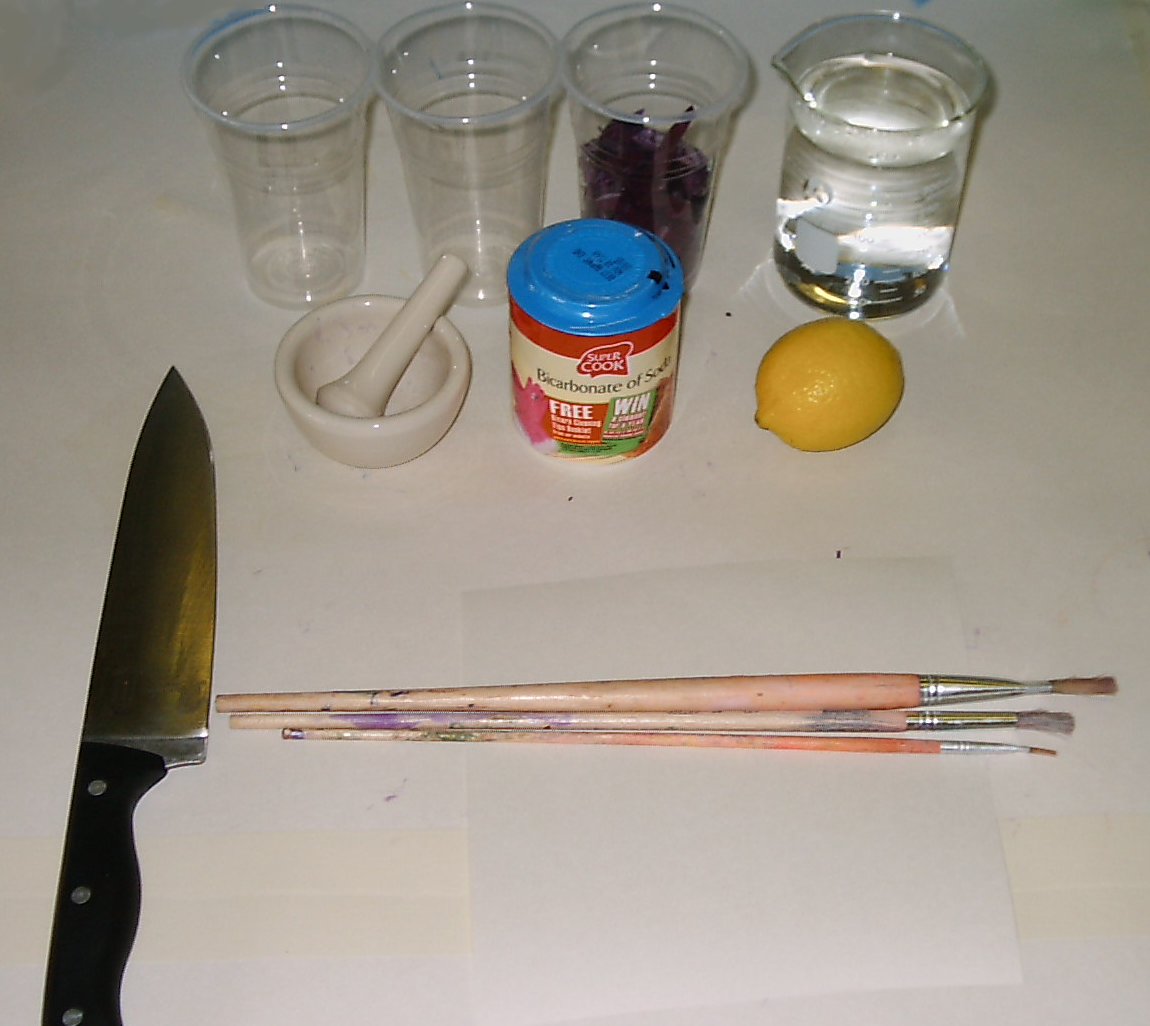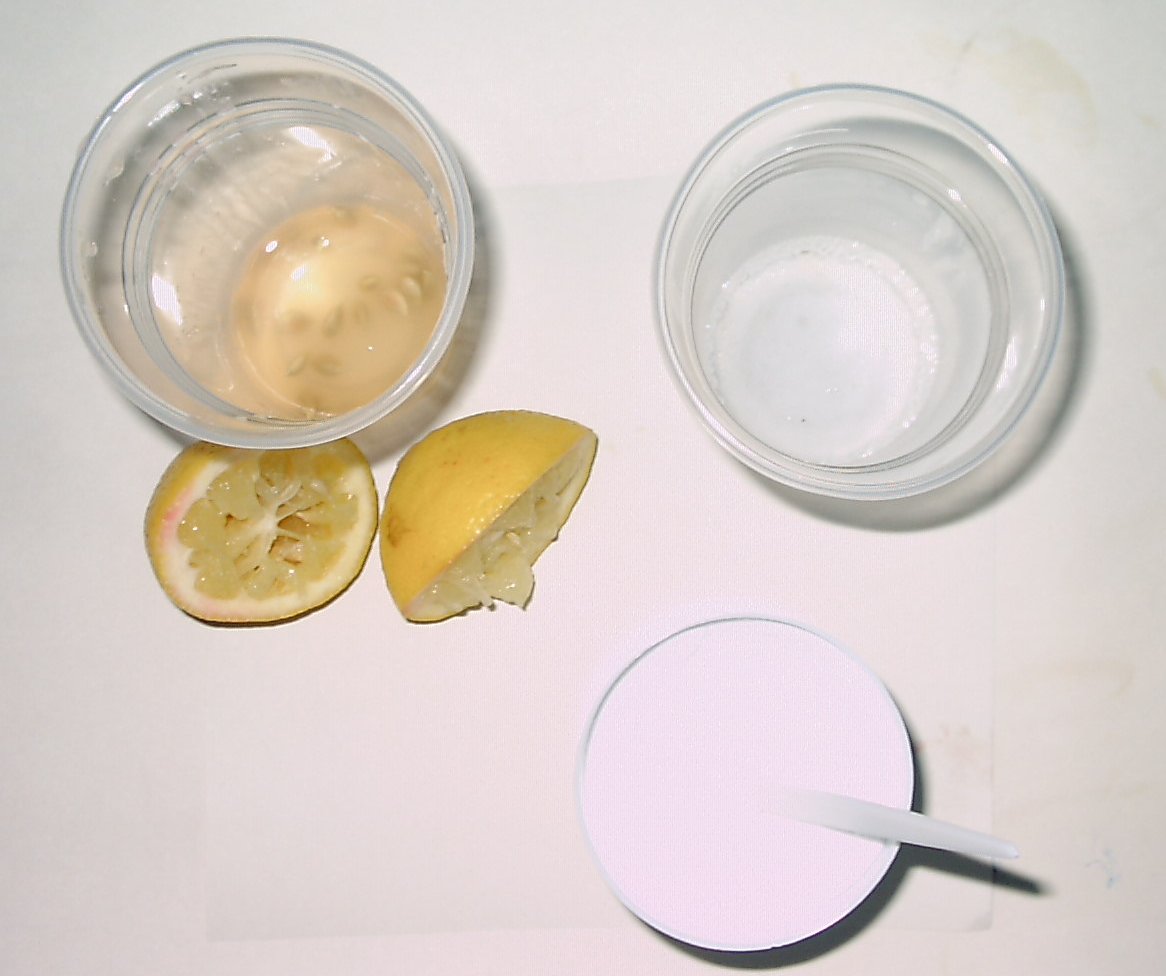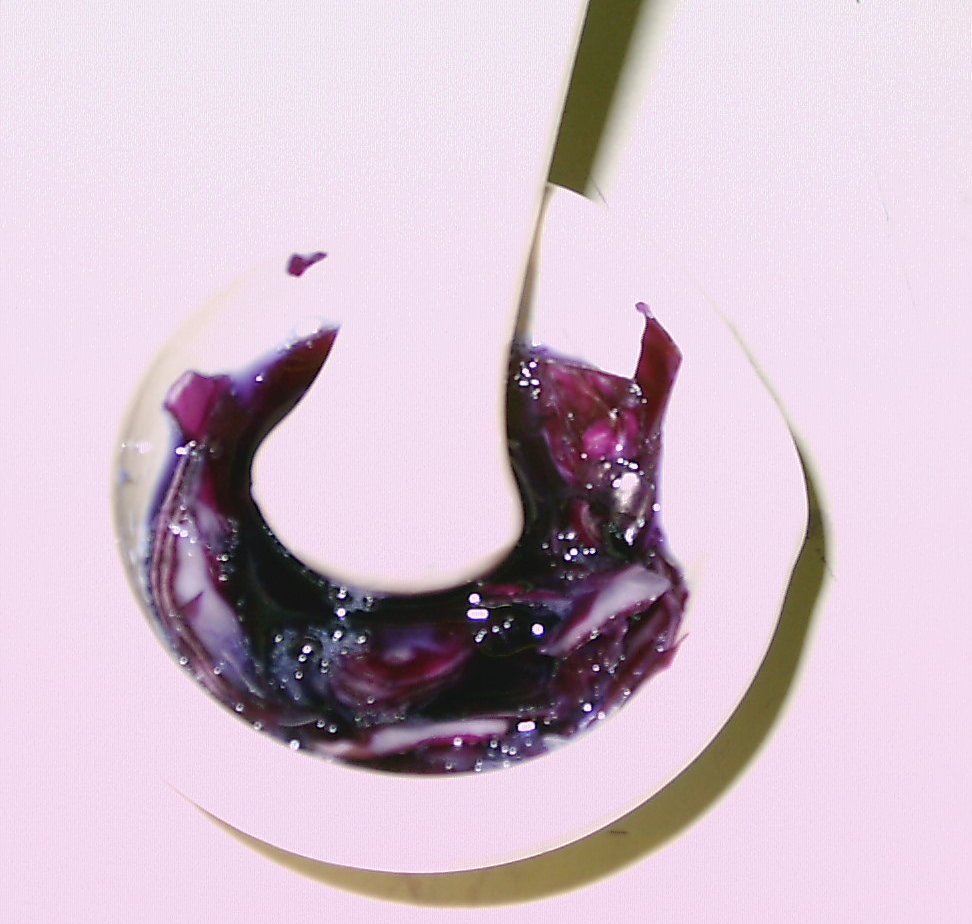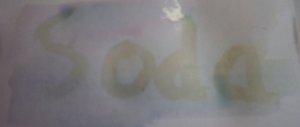Invisible Inks
Aim of Experiment
The aim of this experiment is to make invisible inks. The inks are made from acid or base, and this experiment investigates how to tell the difference between acid and base. Why not make invisible ink messages and send them to your friends. Just be sure to tell them how to reveal the message.
Invisible inks are used to send secret messages. Typically a secret message is hidden within an ordinary letter and can be revealed by the receiver using a known procedure. A secret message has the advantage over a coded message in that people intercepting the mail would have no idea that a message was being sent. A plausible cover is needed however to hide the secret message (a blank piece of paper would arouse suspicion!)
Invisible inks can also be used as a fun way to communicate secretly with friends. An ideal invisible ink should be easily made, difficult to intercept, as well as easily and safely revealed. Invisible inks are normally non-greasy and not visible under ultra violet light (a common screening method for post).
Commonly acids and bases are used as invisible inks, and these are subsequently revealed by indicators. Indicators are chemical compounds which are different colours when in contact with either acids or bases. Indicators are also used in chemistry to show when chemical reactions are finished.
What You Need

- Lemon
- Bicarbonate of Soda
- Red Cabbage or Red Grape Juice
- Plastic bowl and stone (or pestle and mortar)
- Knife
- Warm Water
- Paper
- Paintbrush
- Cups
What To Do

1. Prepare your inks
Squeeze some lemon juice into a cup. In a different cup dissolve a heaped teaspoon of bicarbonate of soda with approximately 30 ml water. Stir well - it does not matter if it is not completely dissolved.

2. Create your picture or message.
Use a brush to apply the lemon juice to the paper and create your secret message. Do the same on a separate piece of paper with your bicarbonate of soda solution. Thin layers work best. It is important that you allow both to dry thoroughly before you reveal you messages. While you wait you can:
3. Make your indicator
Red cabbage contains a natural indicator (anthocyanins) which can be used to reveal messages. Mash the warm water and diced red cabbage in a plastic bowl with a stone (or in a pestle and mortar). You should get a dark purple solution. This will be your indicator. Alternatively you can use red grape juice.
4. Reveal your message
Apply your indicator over the top of the messages you originally created using a paintbrush.
The Science


You should find that your lemon juice turns red in contact with the indicator (hint: it is darker when dry) and your bicarbonate of soda turns green.
Indicators react differently with acids and bases. This is why you see different colours.
The colour change of the indicator depends on the pH (related to the concentration of H+ ions in solution) of the 'ink' used to write the message. Below is a colour chart for the red cabbage indicator
| pH | Colour |
|---|---|
| 2 | Red |
| 4 | Purple |
| 6 | Violet |
| 8 | Blue |
| 10 | Blue/Green |
| 12 | Green/Yellow |
Why not try using milk or white vinegar to write your message, or you could use red grape juice as the indicator to reveal your message






